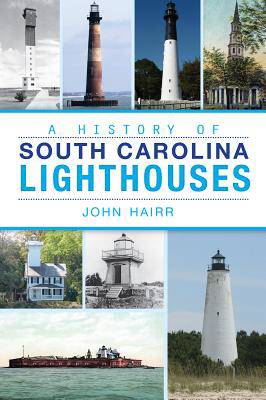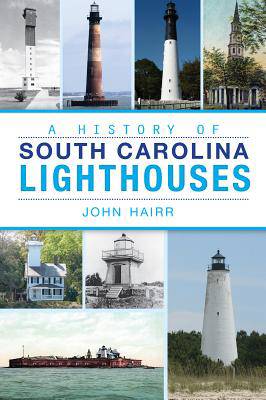
- Afhalen na 1 uur in een winkel met voorraad
- Gratis thuislevering in België vanaf € 30
- Ruim aanbod met 7 miljoen producten
- Afhalen na 1 uur in een winkel met voorraad
- Gratis thuislevering in België vanaf € 30
- Ruim aanbod met 7 miljoen producten
Zoeken
€ 27,95
+ 55 punten
Omschrijving
Before radar, depth finders and satellite-guided navigation, long before the seafloor was charted with scientific precision, mariners relied on lighthouses to approach a coastline safely. South Carolina's history with lighthouses goes back nearly two and a half centuries. At Cape Romain, a windmill was converted into a lighthouse. St. Philip's Church in Charleston was converted into a beacon for seafarers to aid navigation to the Holy City. With such a long and storied past, the story of South Carolina's lighthouses is inseparable from its maritime history. Join author John Hairr as he recounts the fascinating history of these beacons that have shone above the shores of the Palmetto State.
Specificaties
Betrokkenen
- Auteur(s):
- Uitgeverij:
Inhoud
- Aantal bladzijden:
- 128
- Taal:
- Engels
- Reeks:
Eigenschappen
- Productcode (EAN):
- 9781626190771
- Verschijningsdatum:
- 25/02/2014
- Uitvoering:
- Paperback
- Formaat:
- Trade paperback (VS)
- Afmetingen:
- 152 mm x 226 mm
- Gewicht:
- 226 g

Alleen bij Standaard Boekhandel
+ 55 punten op je klantenkaart van Standaard Boekhandel
Beoordelingen
We publiceren alleen reviews die voldoen aan de voorwaarden voor reviews. Bekijk onze voorwaarden voor reviews.








